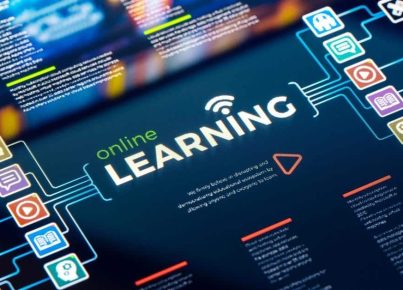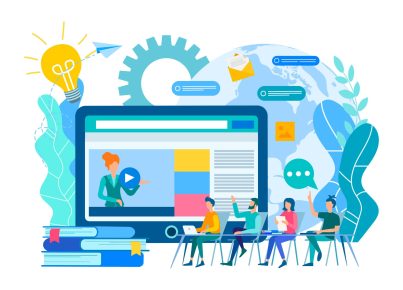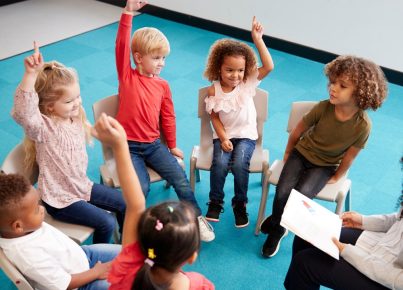Gamification, the application of game-design elements and game principles in non-game contexts, has emerged as a powerful trend in education, particularly in the realm of collaborative learning. This approach leverages the engaging and motivational aspects of games to enhance group learning experiences, fostering cooperation, healthy competition, and sustained engagement among students.
At its core, gamification in collaborative learning involves introducing game-like elements such as points, badges, leaderboards, and challenges into group educational activities. These elements tap into students’ natural desire for achievement, status, and rewards, encouraging active participation and sustained effort in collaborative tasks. When implemented effectively, gamification can transform potentially mundane group work into exciting, goal-oriented experiences.
One of the key benefits of gamification in collaborative learning is its ability to increase student motivation and engagement. By framing learning activities as games or challenges, educators can make the learning process more enjoyable and intrinsically rewarding. This is particularly effective in group settings, where the shared experience of overcoming challenges or achieving goals together can create a strong sense of camaraderie and collective accomplishment.
Many educational technology platforms are now incorporating gamification features specifically designed for collaborative learning. These might include team-based challenges, where groups of students work together to solve problems or complete projects, earning points or badges for their collective efforts. Some platforms use leaderboards to foster friendly competition between groups, while others focus on collaborative achievements, where the entire class works together to reach a common goal.
Role-playing games (RPGs) are being adapted for educational purposes, allowing students to take on different roles within a team and work together to overcome challenges. These educational RPGs often simulate real-world scenarios, helping students develop problem-solving skills, teamwork, and subject-specific knowledge in an engaging, interactive format.
Another interesting application of gamification in collaborative learning is the use of “escape room” style activities. These involve groups of students working together to solve a series of puzzles or challenges within a set time frame, often tied to specific learning objectives. These activities not only reinforce academic content but also promote critical thinking, communication, and teamwork skills.
Gamification is also being used to enhance peer feedback and assessment in collaborative settings. Some platforms award points or badges for providing constructive feedback to peers or for effectively incorporating feedback into group work. This approach encourages students to engage more deeply with each other’s work and to view feedback as a valuable part of the learning process rather than as criticism.
The concept of “playful learning spaces” is gaining traction, where physical classrooms are redesigned to incorporate game-like elements that facilitate collaborative learning. These might include flexible seating arrangements, interactive technology, and areas for different types of group activities. The goal is to create an environment that encourages exploration, experimentation, and teamwork.
It’s important to note that effective gamification in collaborative learning goes beyond simply adding points and badges to existing activities. The most successful implementations align game elements with learning objectives and group dynamics in meaningful ways. For example, a collaborative writing project might be gamified by creating a narrative framework where each group’s contributions build on each other to create a larger story.
While gamification offers many benefits for collaborative learning, it also presents challenges. There’s a risk of overemphasis on extrinsic rewards, which could potentially undermine intrinsic motivation for learning. Additionally, not all students respond equally well to game-like elements, and there’s a need to ensure that gamification strategies are inclusive and don’t disadvantage certain learning styles.
As technology continues to evolve, we’re likely to see even more sophisticated applications of gamification in collaborative learning. Virtual and augmented reality technologies, for instance, offer exciting possibilities for creating immersive, game-like learning experiences that students can engage with collaboratively.
The trend of gamification in collaborative learning reflects a broader shift towards more engaging, student-centered educational approaches. By harnessing the power of game design to motivate and structure group learning experiences, educators can create more dynamic, enjoyable, and effective collaborative learning environments. As this trend continues to evolve, it has the potential to significantly enhance student engagement, foster deeper learning, and develop crucial collaboration skills that will serve students well in their future academic and professional lives.

















